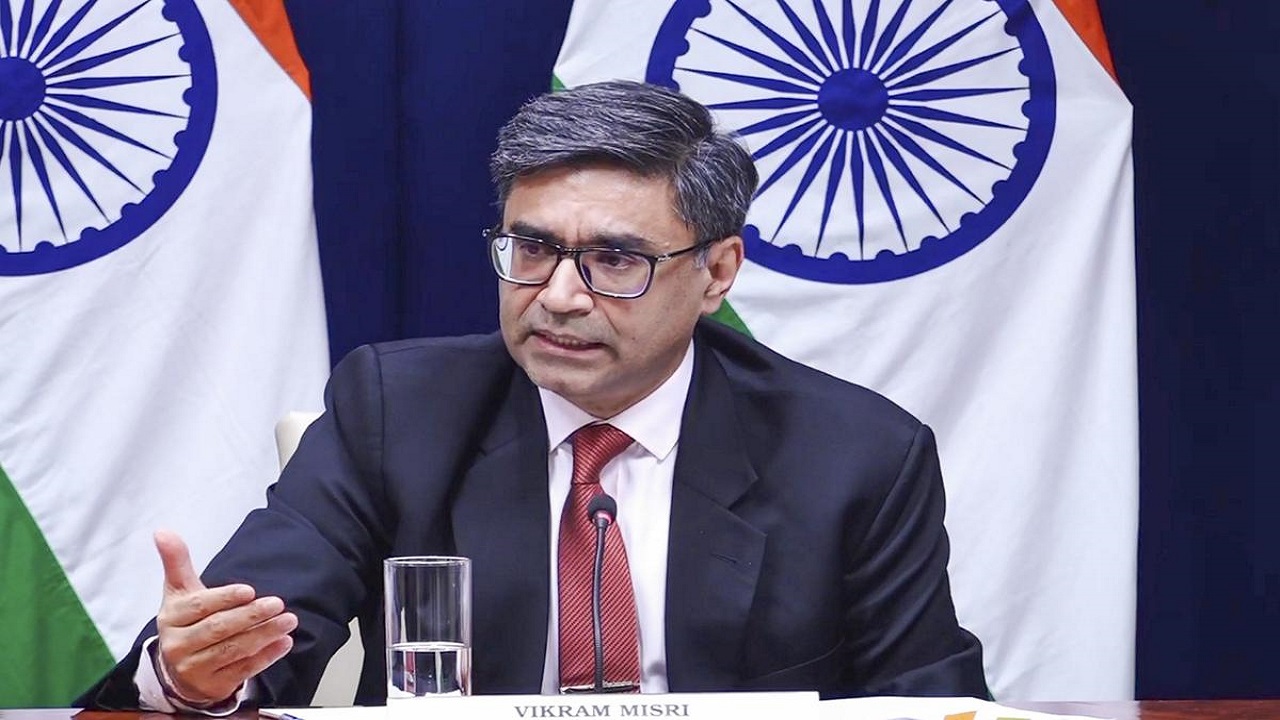National River Linking Project (NRLP)
Context :
On the occasion of Atal Bihari Vajpayee's 100th birth anniversary, Prime Minister Modi laid the foundation for the Ken-Betwa River Linking Project (KBLP). This marks the beginning of the National River Linking Project (NRLP), a long-term vision aimed at addressing water scarcity across India and ensuring equitable distribution of water for both agricultural and domestic purposes.
What is the National River Linking Project (NRLP)?
The National River Linking Project (NRLP) is a grand plan to connect India’s major rivers, especially those in water-surplus areas, to drought-prone regions. The idea is to transfer surplus water from areas with plenty of water to areas facing water shortage.
- Origin: The idea of river linking was first proposed in 1919 by Sir Arthur Cotton, an engineer who served in the Madras Presidency.
- Revival: In 1960, K.L. Rao, the then Minister of State for Energy and Irrigation, suggested linking the Ganga and Cauvery rivers to address water imbalance.
National Perspective Plan (NPP)
The National Perspective Plan (NPP), formulated in 1980, is the roadmap for India’s river linking initiative. It outlines how to develop water resources by transferring water from regions with a surplus to those facing shortages.
Key Features of NPP:
- Himalayan Rivers Development: Projects focusing on the rivers in the northern part of India.
- Peninsular Rivers Development: Projects for rivers in the southern and central parts of India.
- The NPP proposes 30 river linking projects in total:
- 14 projects under the Himalayan component.
- 16 projects under the Peninsular component.
- The National Water Development Agency (NWDA) is responsible for executing these projects.
- The Ken-Betwa Link Project (KBLP) is the first project under this plan to begin implementation.
Potential Benefits of the River Linking Project
-
Irrigation Development
- It will provide irrigation to 25 million hectares of land, especially in drought-prone areas.
- Improved irrigation will reduce dependence on unpredictable monsoons and boost agricultural productivity.
-
Flood Mitigation
- The project will help in flood reduction by diverting excess water from water-rich areas to other regions.
-
Improved Navigation
- National waterways will be developed, improving regional connectivity and reducing transportation costs.
-
Drinking Water Supply
- The river linking project will ensure a consistent water supply for domestic use and industrial needs.
-
Hydropower Generation
- The river linking projects will generate over 100 MW of green energy through hydropower plants.
-
Employment Generation
- The project will create numerous job opportunities in rural areas for construction, maintenance, and infrastructure development.
-
Regional Equity
- It aims to reduce water imbalances between regions and promote balanced regional development.
Challenges in Implementing the River Linking Project
While the benefits are clear, several challenges need to be addressed:
-
Environmental Concerns
- Habitat destruction: Large-scale river linking projects could disrupt local ecosystems, leading to the loss of biodiversity.
- Sedimentation: The construction of dams and barrages may lead to sediment buildup, disrupting water flow and causing potential flooding.
-
Climate Change
- Impact of climate change: Many river basins in India are becoming increasingly water-deficient due to changing rainfall patterns, making water transfers more difficult.
-
Centre-State Relations
- Water as a state subject: Water is a state matter according to the Constitution, which creates hurdles in executing national-level river linking projects.
- Political differences: Tensions between the central and state governments may slow down implementation.
-
Inter-State Water Disputes
- Disputes over water sharing between states complicate the river linking process. The Interstate River Water Disputes Act, 1956 was created to resolve such disputes, but they still pose a challenge.
-
Institutional and Policy Barriers
- Current mechanisms for resolving water disputes are often slow and inefficient. There is also a need for a national framework to manage river basins cooperatively.
-
Financial Burden
- High infrastructure costs and the expense of land acquisition make these projects financially challenging.
-
Social Issues
- Displacement of communities due to construction of reservoirs and canals could create social tensions and require careful planning for resettlement.
-
Impact of Water-Intensive Crops
- The project’s goal could be undermined if water-intensive crops are grown in newly irrigated regions, further stressing available water resources.
What Needs to be Done?
To overcome these challenges and ensure the success of the river linking projects, the following steps are necessary:
-
Establishment of a National Commission for Basin Management
- This commission should focus on cooperative management of river basins, policy development, and monitoring of river linking projects.
-
Reorienting MSP Policies
- The Minimum Support Price (MSP) policies should be changed to discourage the cultivation of water-intensive crops and encourage water-efficient farming techniques.
-
Resolution of Inter-State Water Disputes
- A full-fledged framework should be created to resolve interstate disputes over water sharing to ensure smooth implementation of the river linking projects.
Conclusion
The Ken-Betwa River Linking Project (KBLP) is a significant step towards solving India’s water crisis by providing equitable water distribution. If successful, the National River Linking Project will bring numerous benefits, including improved irrigation, flood mitigation, and increased hydropower generation. However, challenges such as environmental concerns, inter-state water disputes, and financial barriers need to be addressed for its successful implementation. A holistic approach, involving improved governance, collaboration between states, and sustainable development policies, will be crucial for the long-term success of this ambitious project.




Comments (0)